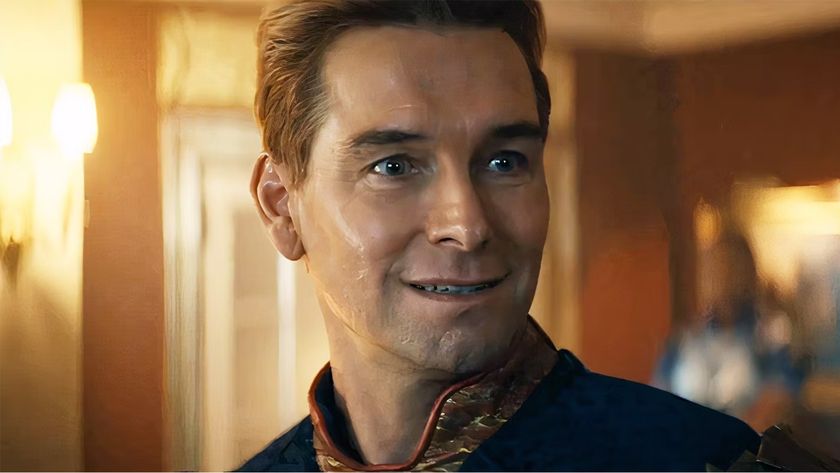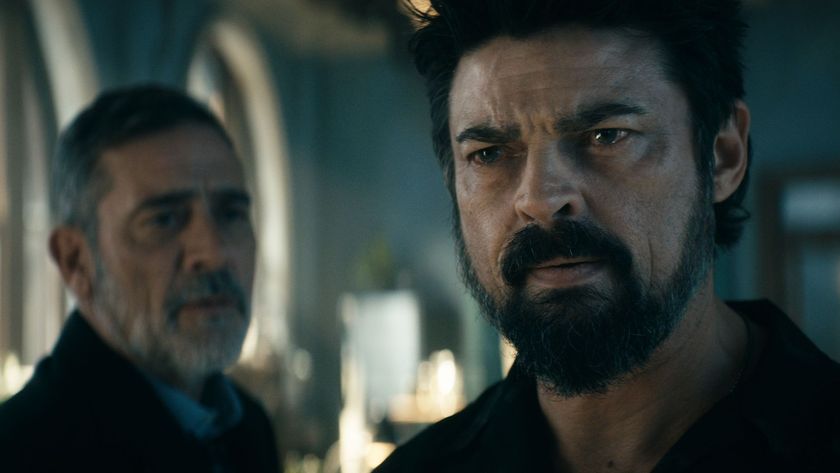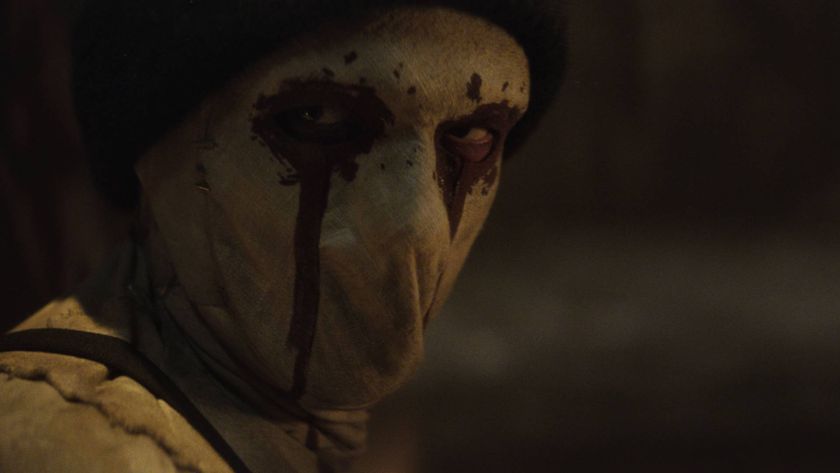To mark the release of X-Men: First Class later this month, and the launch of Activision’s X-Men Destiny console game, here’s a reminder of some of the best X-stories ever, by James Hunt
Since 1963, the X-Men’s world has grown to encompass over 14 ongoing series – three for Wolverine alone! For newcomers, it can be daunting to know where to start, so we’ve picked 10 of the greatest X-Men stories ever published in comic book form. Above and beyond this selection, it’s also worth noting that if you love classic comic book art, any of the collected editions drawn by the legendary Neal Adams in the ’60s are worth hunting down.
.
The Origin of the X-Men (1963)
.
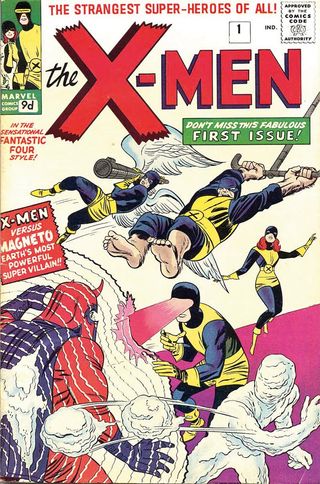
Marvel Masterworks: The X-Men Vol. 1 TPB (collects Uncanny X-Men #1-#10)
The initial run of the original X-Men comic might have ended up publishing reprints due to dwindling sales, but the early issues were typically fertile Lee/Kirby fare, introducing not just the X-Men and their mentor, but the very concept of mutanthood itself, which had a major impact on the Marvel Universe at large. Where there are heroes, there are also villains, and these early issues featured the first appearances of stalwarts Magneto, Quicksilver and the Scarlet Witch, as well as the Blob, Ka-Zar and, er, Unus the Untouchable. Ah, well. They can’t all be greats.
This feature was first published in Comic Heroes #6
Giant Size X-Men #1 (1975)
.
Sign up to the SFX Newsletter
Get sneak previews, exclusive competitions and details of special events each month!
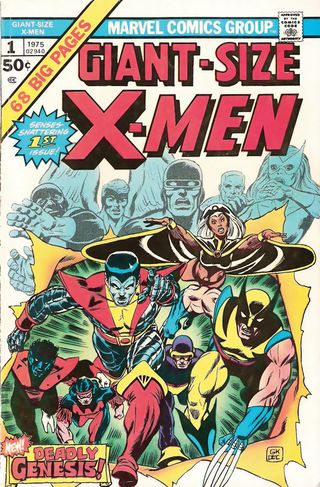
Marvel Masterworks: The Uncanny X-Men Vol. 1 TPB (collects Giant Size X-Men #1, Uncanny X-Men #94-#100)
Though the first X-Men series was cancelled in 1970, it continued to publish reprints until 1975, when writer Len Wein and artist Dave Cockrum relaunched the series. The pair introduced a new team made up of mutant characters pulled from every corner of the globe: Storm from Africa, Colossus from Russia, Nightcrawler from Germany and – of course – Wolverine from Canada. Their first mission: to rescue the original team from Krakoa, the living island! It’s rare to see a title so completely transformed, but clearly, the reinvention paid off. Some of the most enduring X-Men were introduced here.
This feature was first published in Comic Heroes #6
The Dark Phoenix Saga (1980)
.
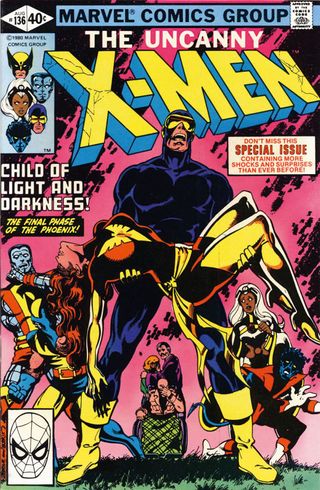
X-Men: Dark Phoenix Saga TPB (collects Uncanny X-Men #129-#137)
Corrupted by the Hellfire club, Phoenix destroys an inhabited planet, setting in motion the events that ultimately led to Jean Grey’s death. It’s another Claremont/Byrne classic, delivering a sweeping cosmic adventure without ever forgetting that there’s a love story at the centre. The fallout from the “Dark Phoenix Saga” continues to influence the X-Men even today, and it isn’t just one of the most popular X-Men stories ever, it’s one of the most popular comic-book stories ever – the collection has received more printings than any graphic novel except Watchmen .
This feature was first published in Comic Heroes #6
Days of Future Past (1981)
.
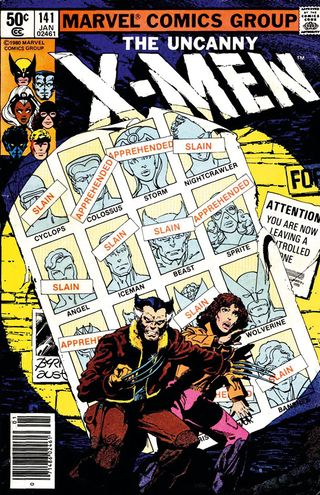
X-Men: Days of Future Past TPB (collects Uncanny X-Men #141-#142)
You could fill an entire top 10 list with Chris Claremont and John Byrne’s collaborations, but “Days Of Future Past” would still stand out. Beginning in a dystopian future where mutants are outlawed, Kate “Kitty” Pryde travels back in time to thwart the assassination of Senator Robert Kelly and prevent her world from coming to pass. By showing precisely what the X-Men were fighting to prevent all this time, “Days Of Future Past” began a tradition of alternative realities that has since produced some of the franchise’s best-loved stories and characters. Oh, and Heroes ripped it off shamelessly.
This feature was first published in Comic Heroes #6
God Loves, Man Kills (1982)
.
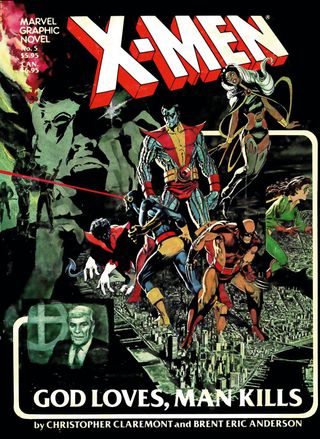
X-Men: God Loves, Man Kills HC
Chris Claremont’s legendary 17-year run catapulted the X-Men to the top of the industry, combining traditional superheroics with deeper civil rights issues. Claremont used mutants as stand-ins for any persecuted minority, and this 64-page graphic novel represents his definitive statement against racial intolerance. The X-Men find themselves fighting Reverend Stryker, a bigoted televangelist with a plan to eradicate all mutants. As well as being one of the most acclaimed X-Men stories of all time, “God Loves, Man Kills” also formed the basis for X2, the second (and best, so far) X-Men movie.
This feature was first published in Comic Heroes #6
The Trial of Magneto (1985)
.
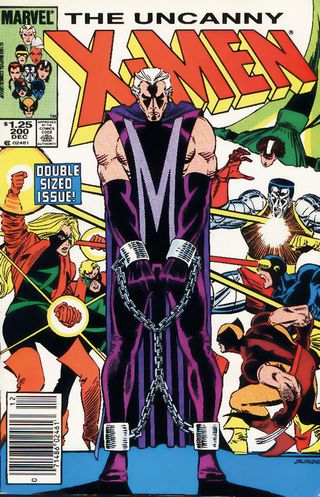
X-Men: We Are the X-Men TPB (includes Uncanny X-Men #200)
Over the years, Magneto evolved from a simplistic, silver-age supervillain into a complex, almost sympathetic figure – a holocaust survivor who became the Malcolm X to Professor Xavier’s Martin Luther-King, standing up for mutantkind. In Uncanny X-Men #200 , the UN puts a repentant Magneto on trial for his crimes. When the verdict is delivered, Professor Xavier strikes a bargain, inviting Magneto to join the X-Men and installing him as the new headmaster of the academy. Not the first time one of the X-Men foes has joined the team – but easily the most memorable!
This feature was first published in Comic Heroes #6
Fatal Attractions (1993)
.
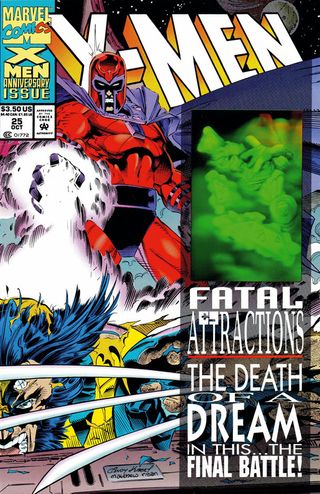
X-Men: Fatal Attractions TPB
Writers Scott Lobdell and Fabian Nicieza join a host of artists (including Marvel’s future CCO, Joe Quesada) for this 30th anniversary crossover, arguably the definitive X-Men versus Magneto story. When the master of magnetism unleashes a powerful EMP on Earth, Professor Xavier leads a carefully-selected strike force to take him down for good. Unsurprisingly, Magneto doesn’t go quietly. Packed with memorable scenes (such as the moment Magneto strips the adamantium from Wolverine’s bones) this story was the first to definitively prove that there was life after Claremont for the X-Men.
This feature was first published in Comic Heroes #6
E is for Extinction (2001)
.
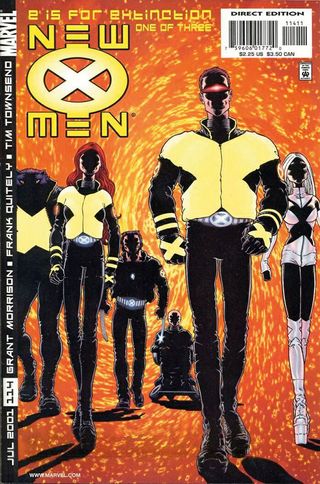
New X-Men Vol. 1: E is for Extinction TPB (collects New X-Men #114-#116)
Grant Morrison’s New X-Men run is an epic in itself, but this opening arc, drawn by Frank Quitely, helped redefine the series for the 21st century. When Beast discovers that homo sapiens will become extinct within a few generations, mutants embrace their role as the next step in humanity’s evolution even as a new breed of Sentinels threatens to wipe them out. Morrison’s run drew closer parallels than ever between mutants and minorities, treating them not just as persecuted victims, but as a social movement in their own right. It all began right here.
This feature was first published in Comic Heroes #6
Gifted (2004)
.
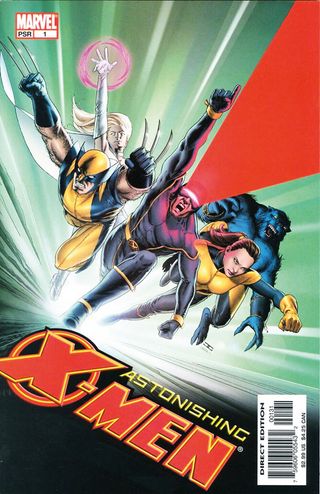
Astonishing X-Men: Gifted TPB
Joss Whedon often cited Claremont’s X-Men as a major influence on Buffy The Vampire Slayer , so it’s no surprise that Marvel eventually asked him to put his own stamp on the team. When a company develops a cure for the X-gene, the X-Men can’t help but investigate – especially because they don’t think “cure” is the right word. Combining Whedon’s wit and affection for the characters with Cassaday’s cinematic artwork, “Gifted” follows X-Men tradition by placing a difficult philosophical question at its heart, but never forgets to tell an entertaining story first.
This feature was first published in Comic Heroes #6
Messiah Complex (2007-8)
.
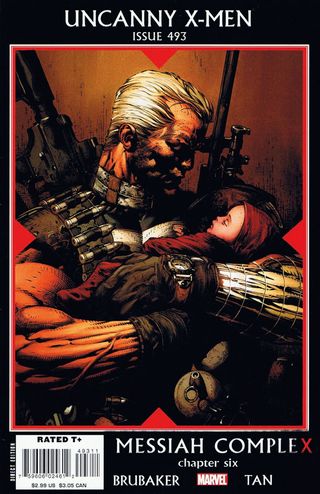
X-Men: Messiah Complex TPB
Following the events of the “House Of M” crossover, mutantkind stands on the brink of extinction, reduced to no more than a handful of survivors. When a new mutant is unexpectedly born, various factions – including the X-Men – race to acquire the child for themselves. Setting the direction for the last few years of X-Men stories, “Messiah Complex” brought together almost every living X-Man and helped to reposition the series’ main theme as one of a people fighting not just for acceptance, but for their very survival.
This feature was first published in Comic Heroes #6
SFX Magazine is the world's number one sci-fi, fantasy, and horror magazine published by Future PLC. Established in 1995, SFX Magazine prides itself on writing for its fans, welcoming geeks, collectors, and aficionados into its readership for over 25 years. Covering films, TV shows, books, comics, games, merch, and more, SFX Magazine is published every month. If you love it, chances are we do too and you'll find it in SFX.
